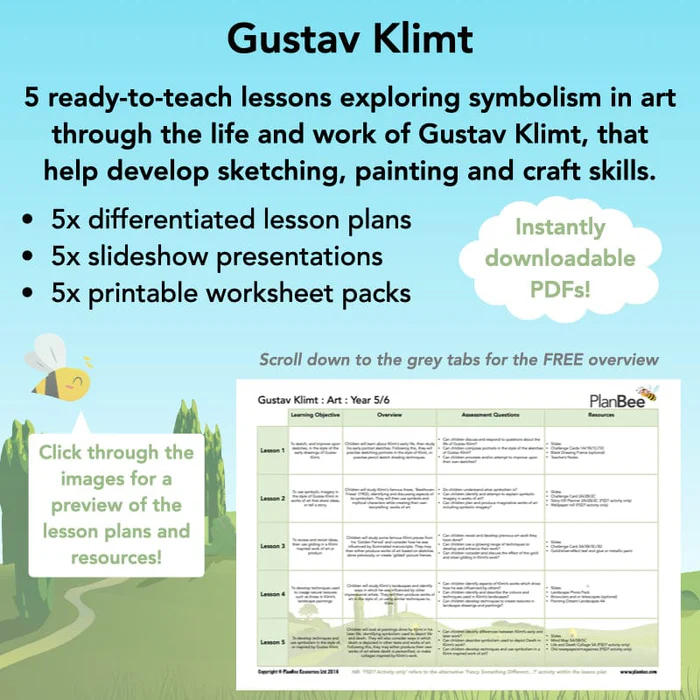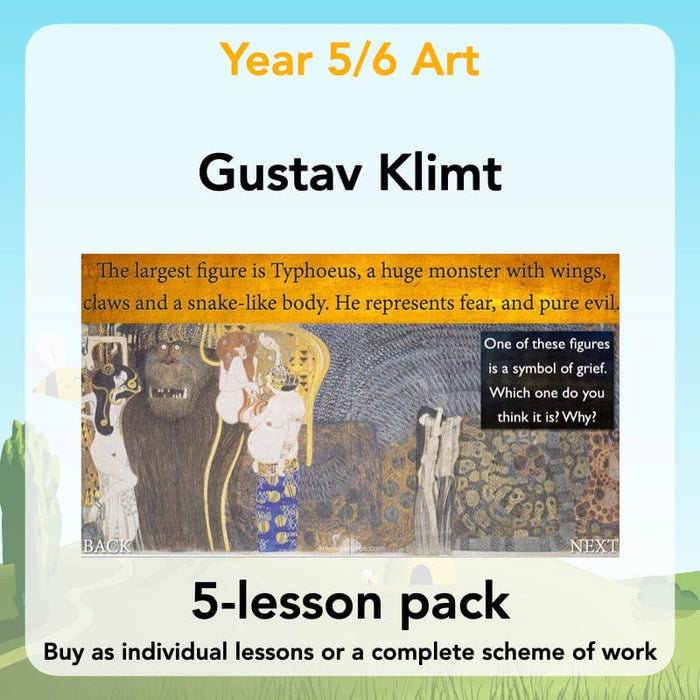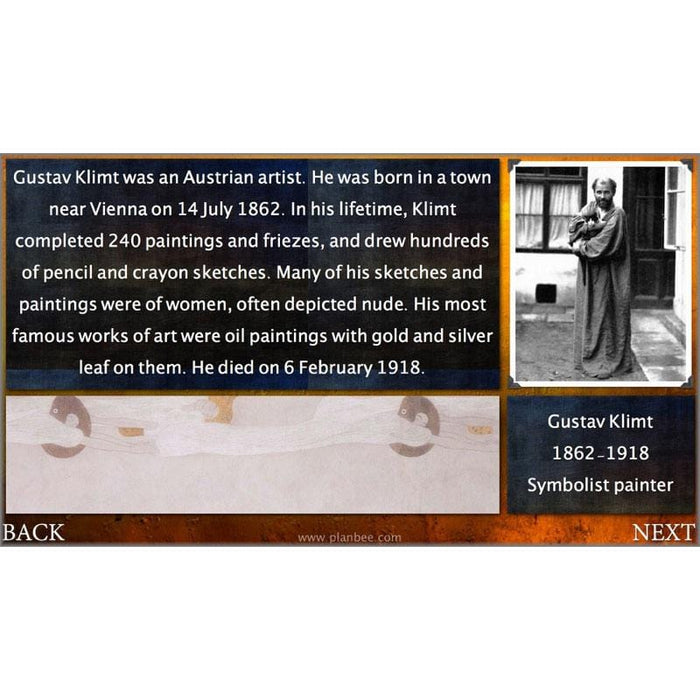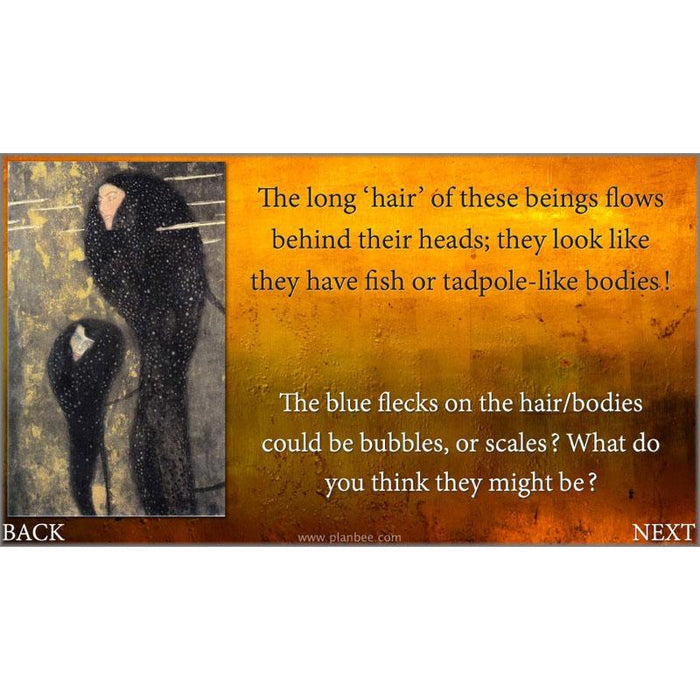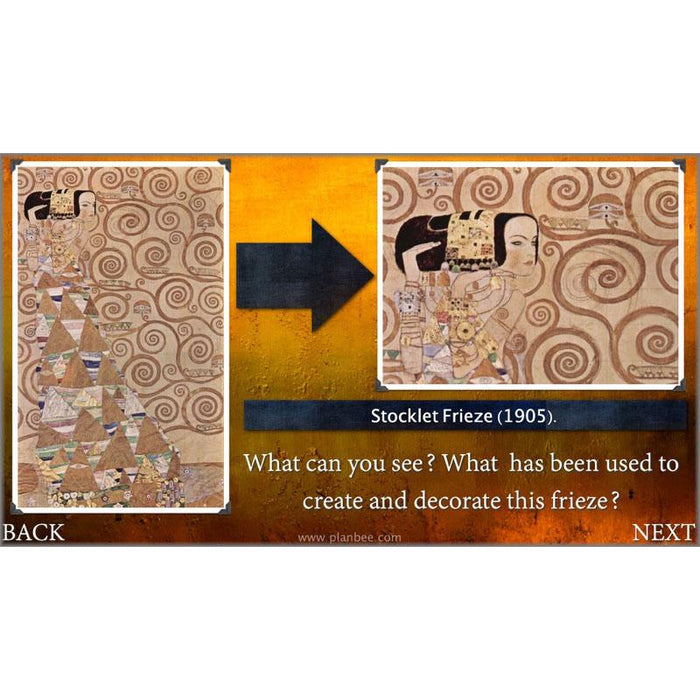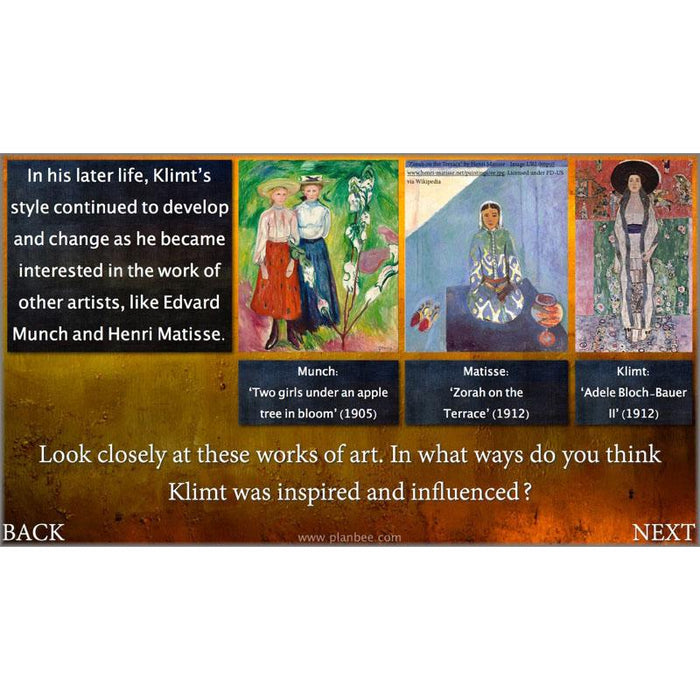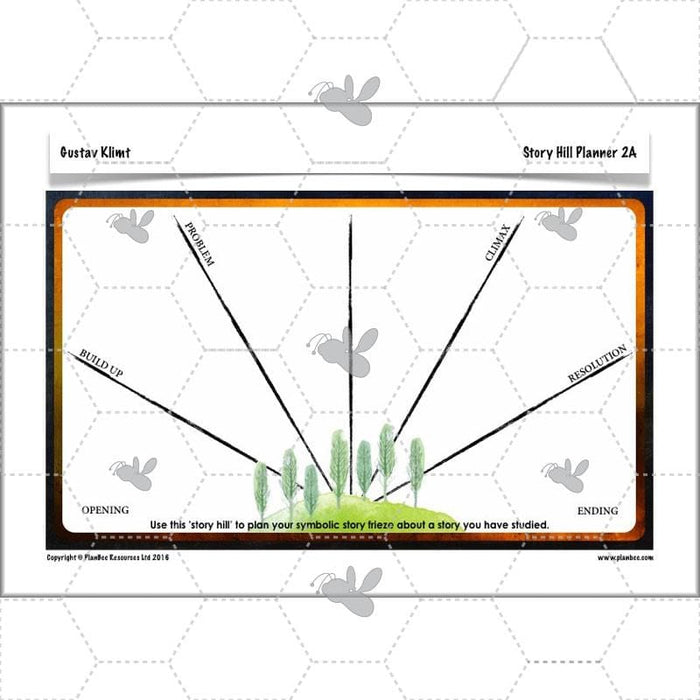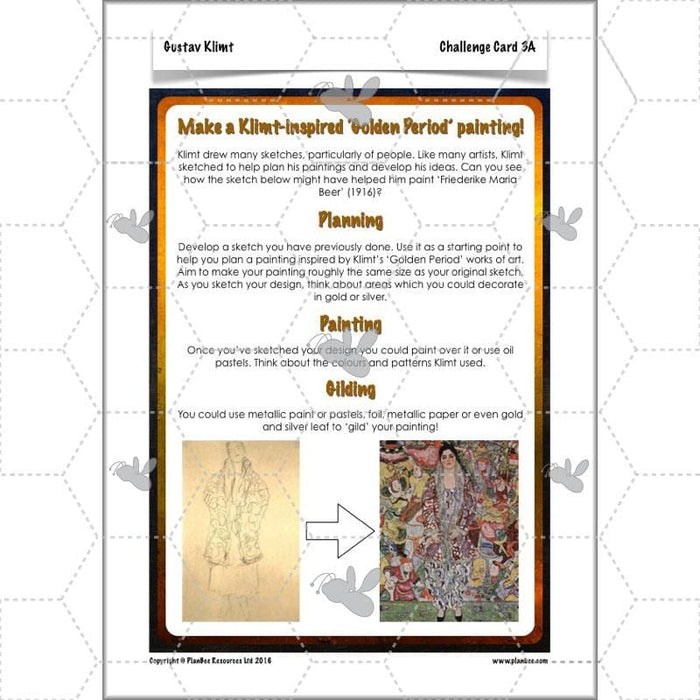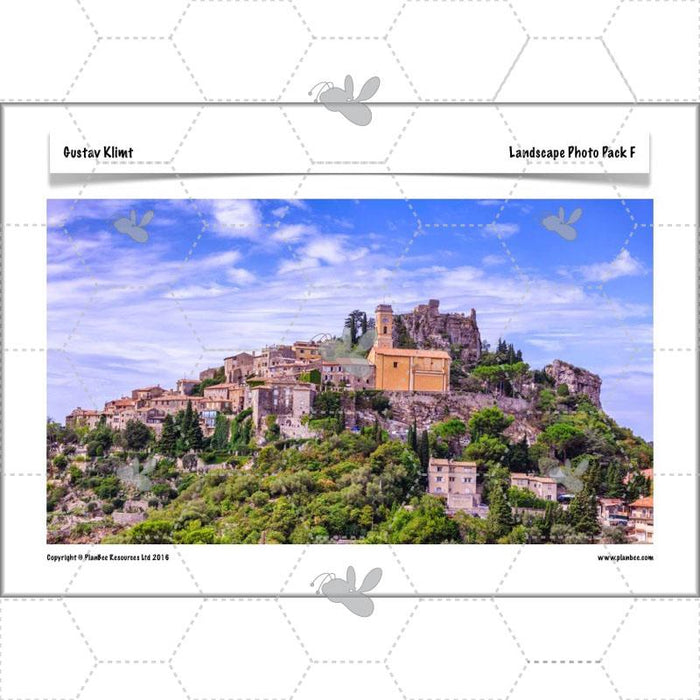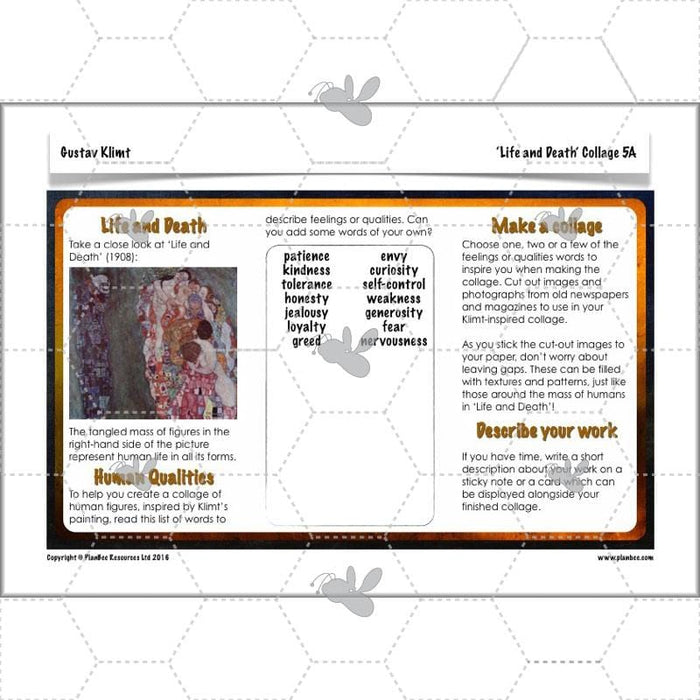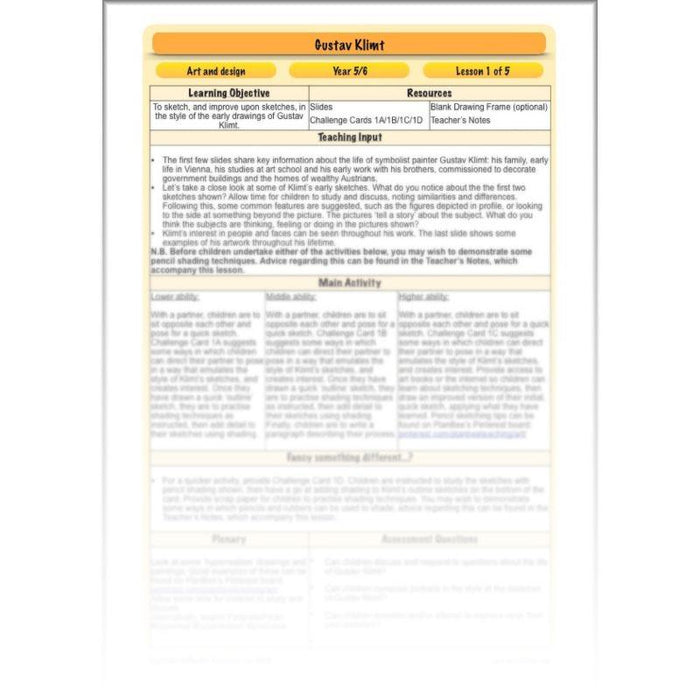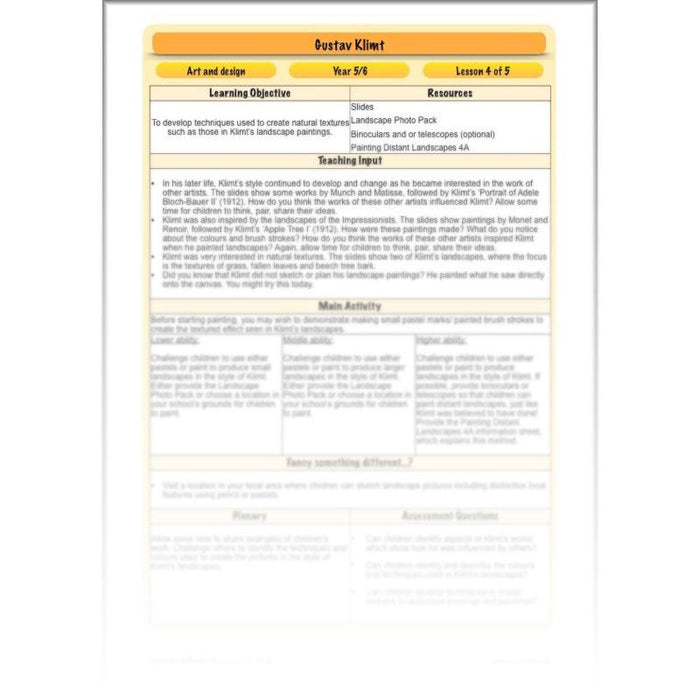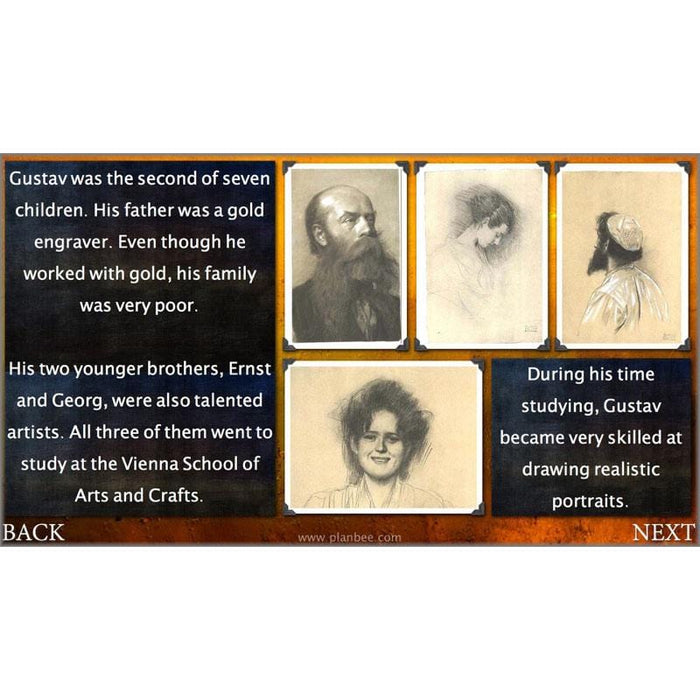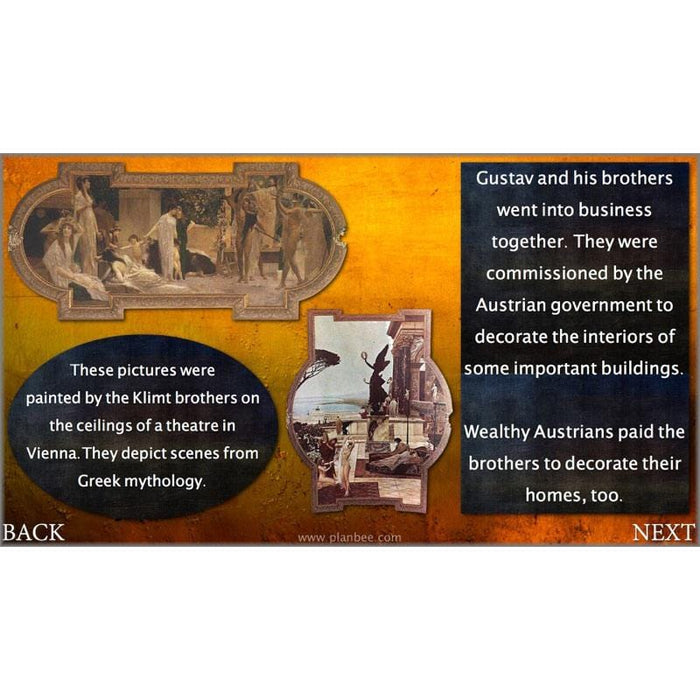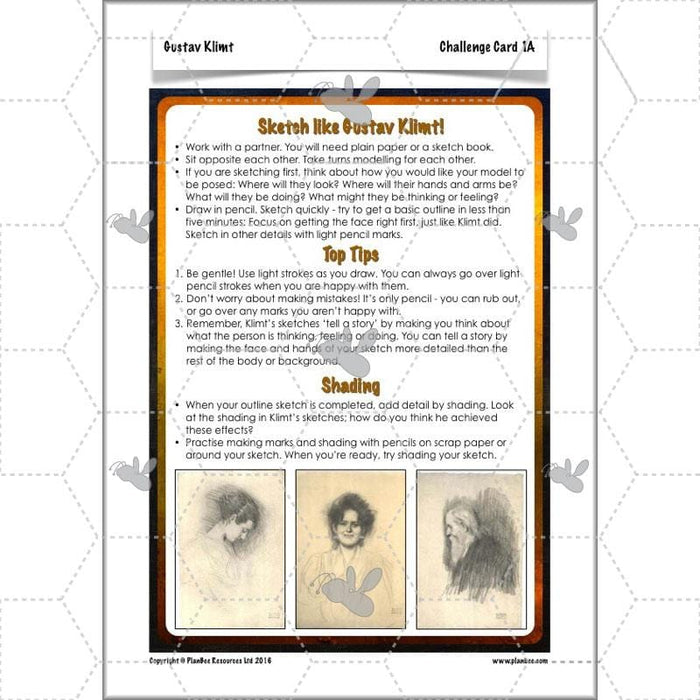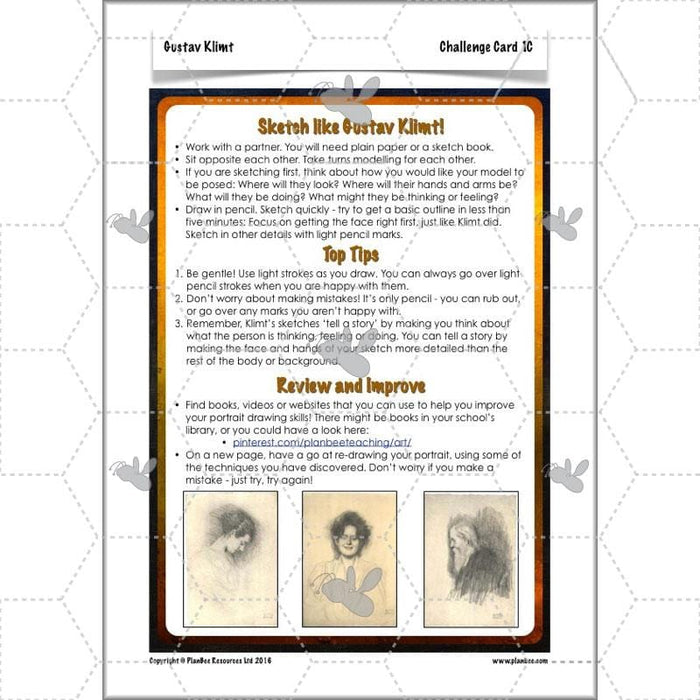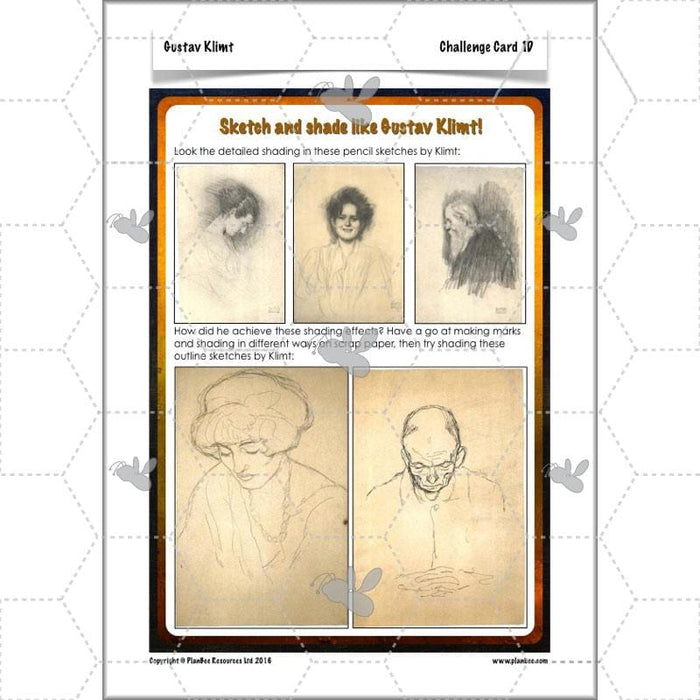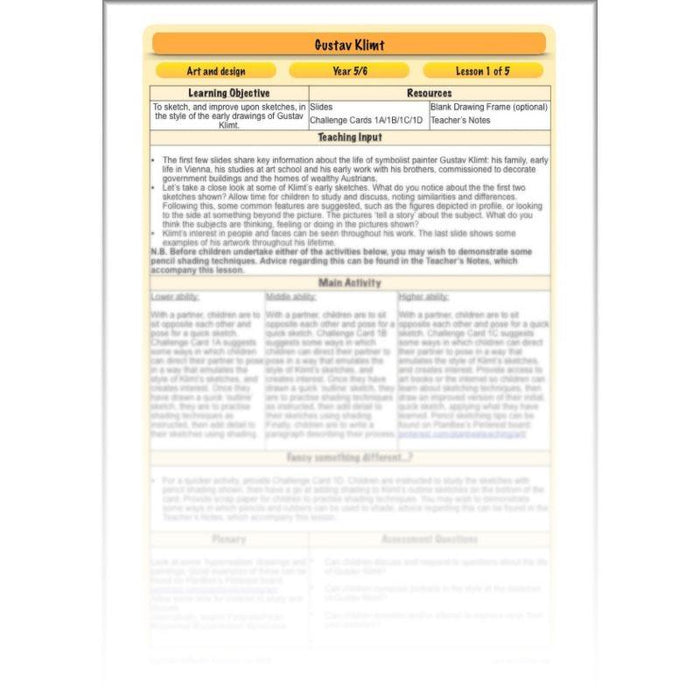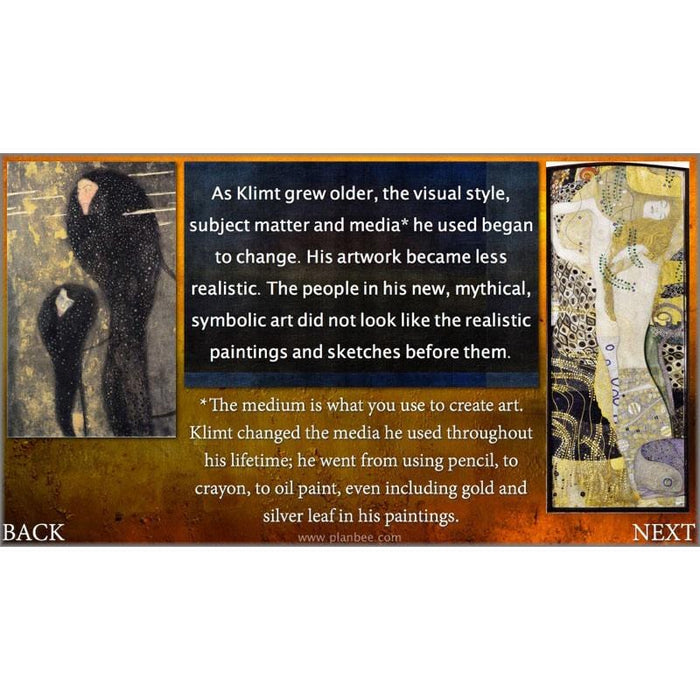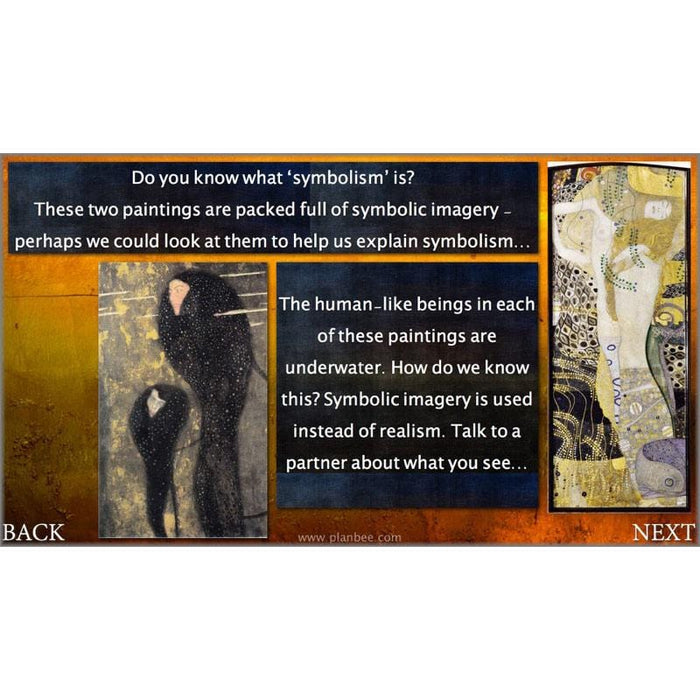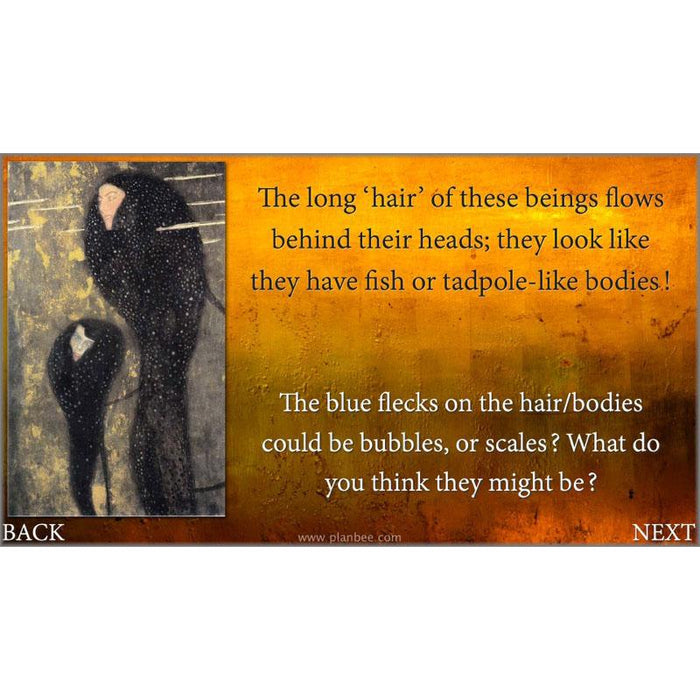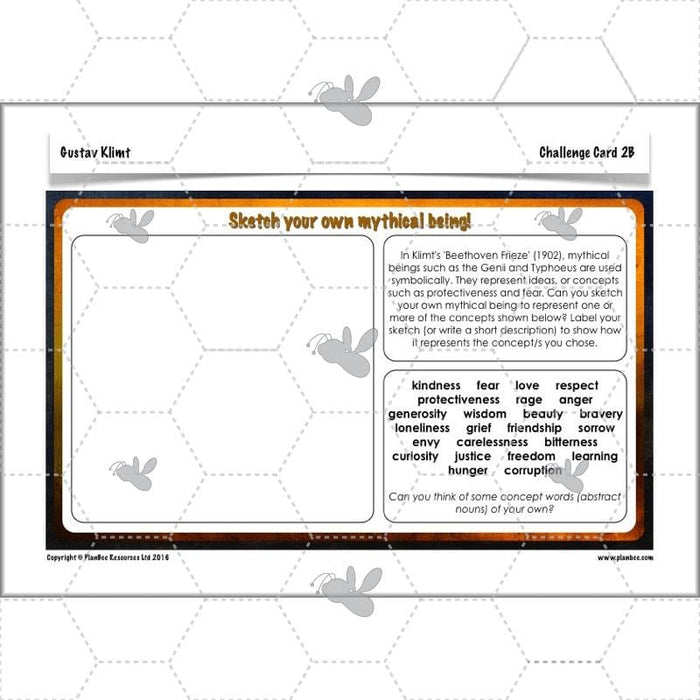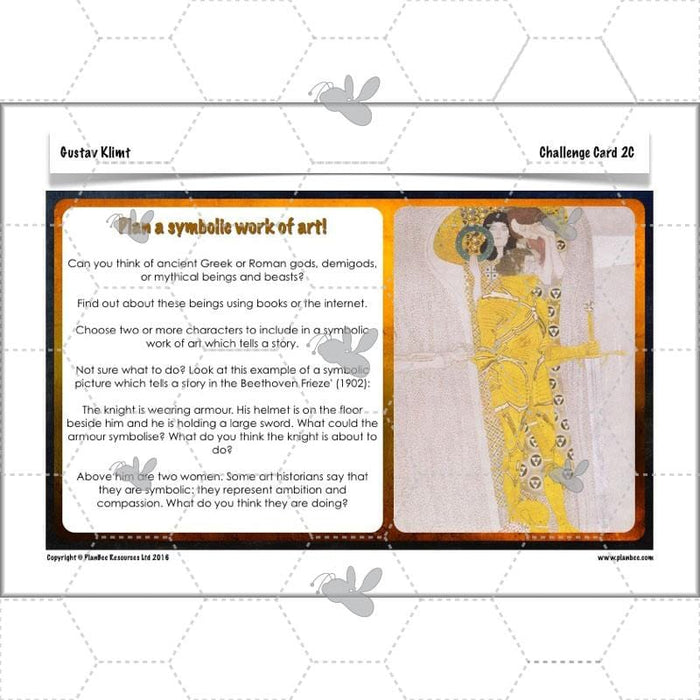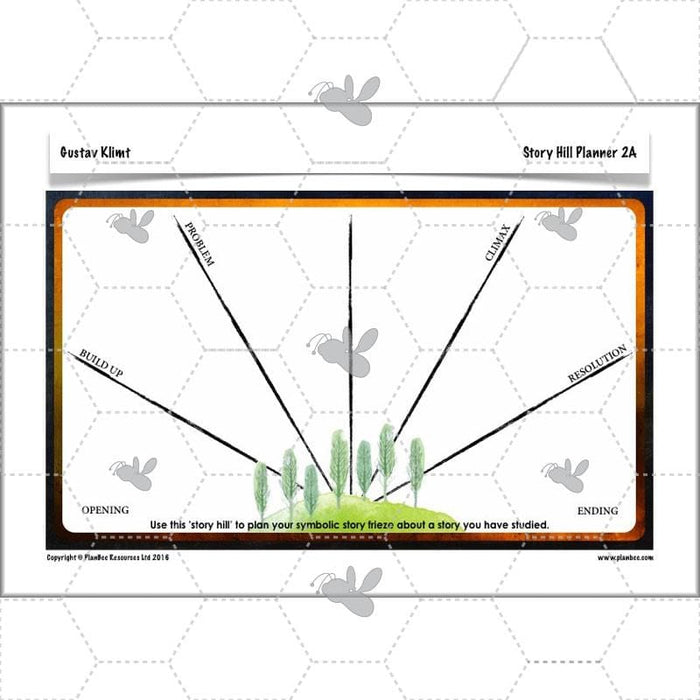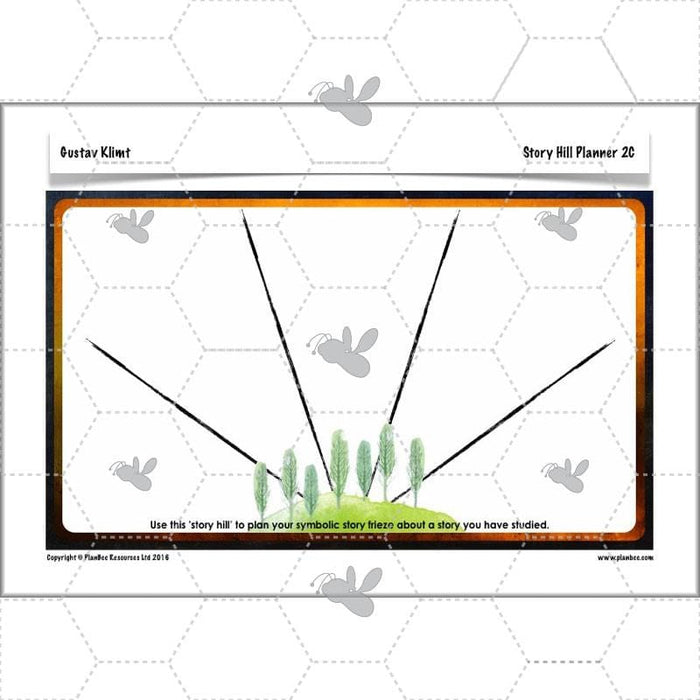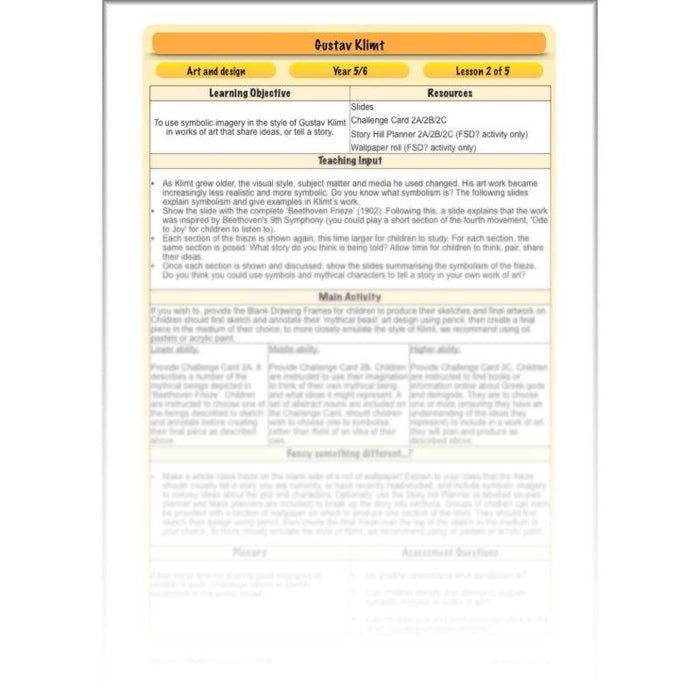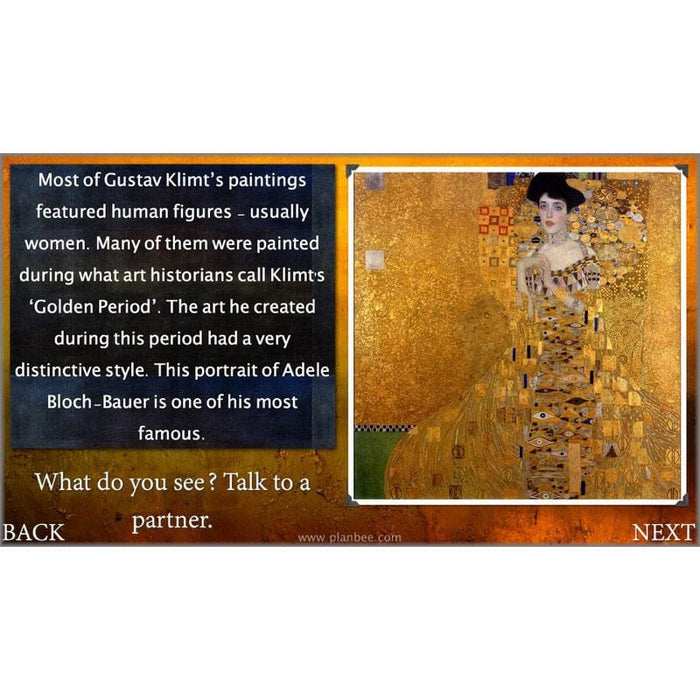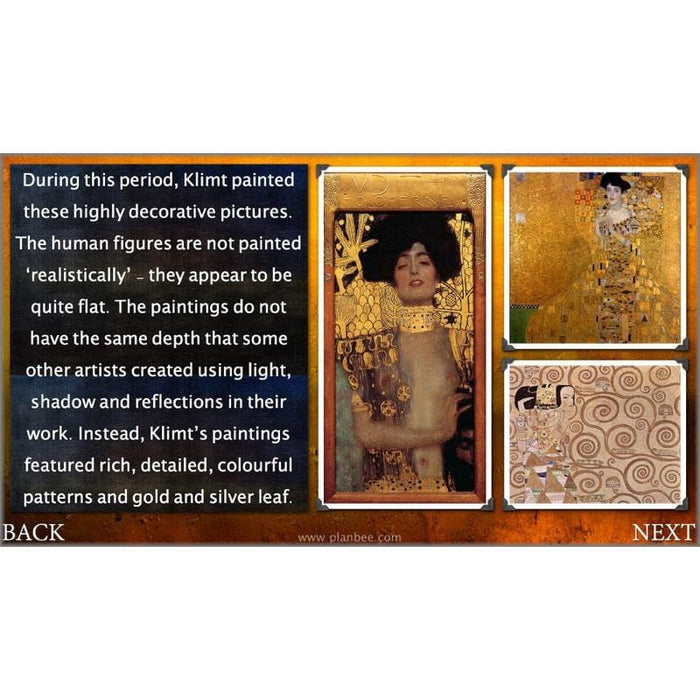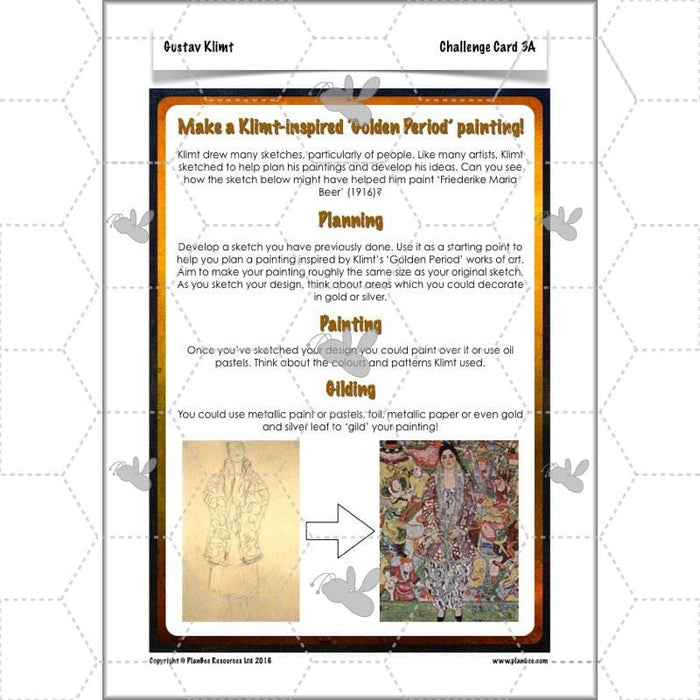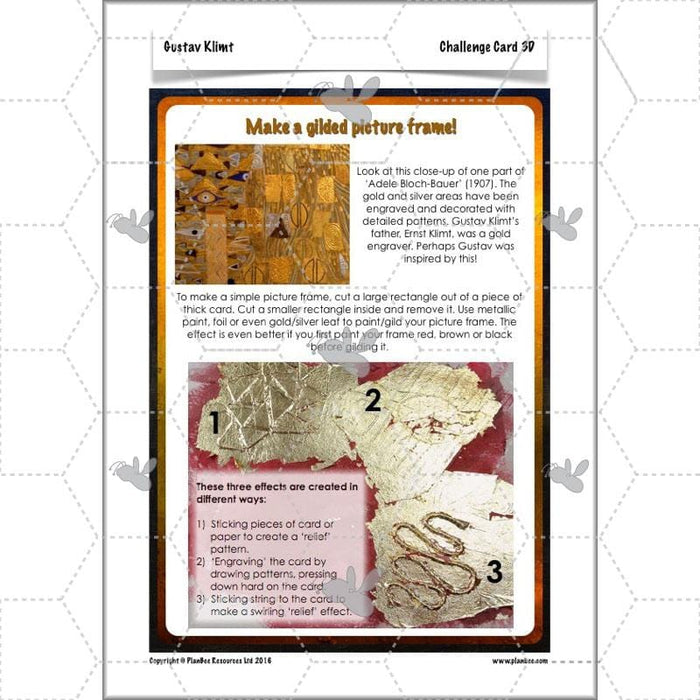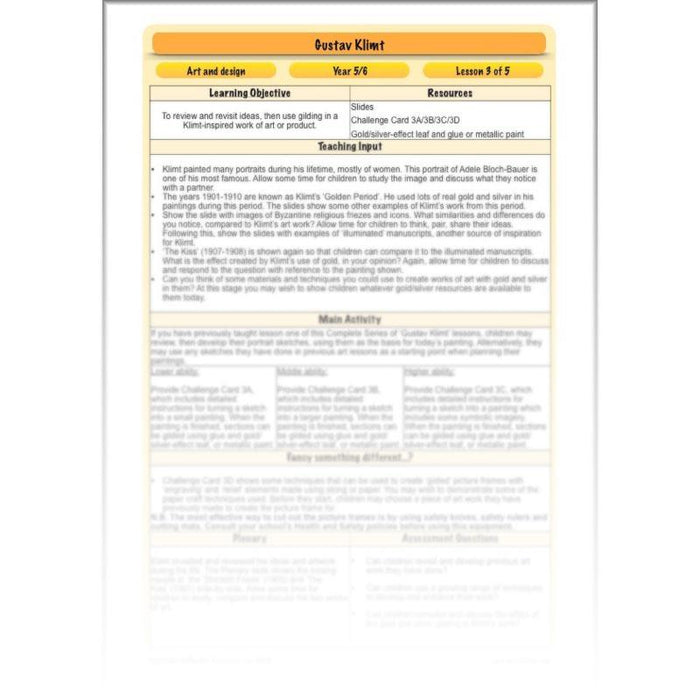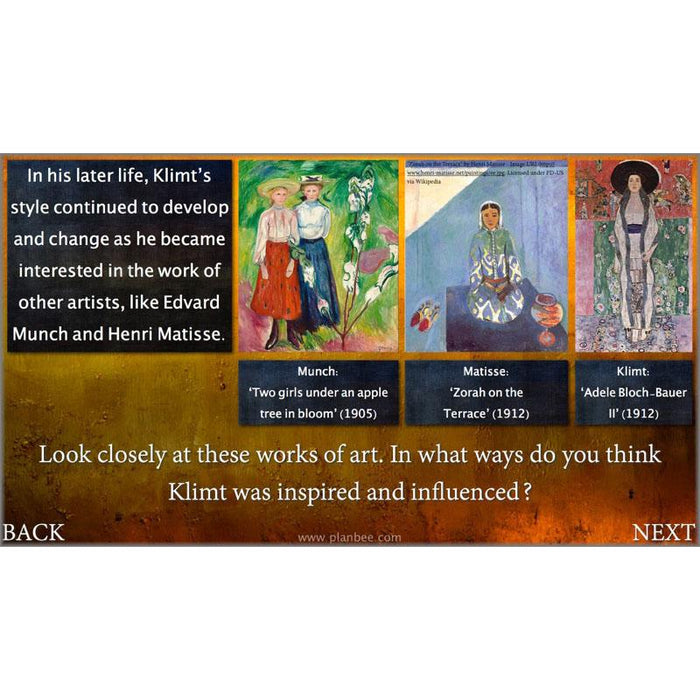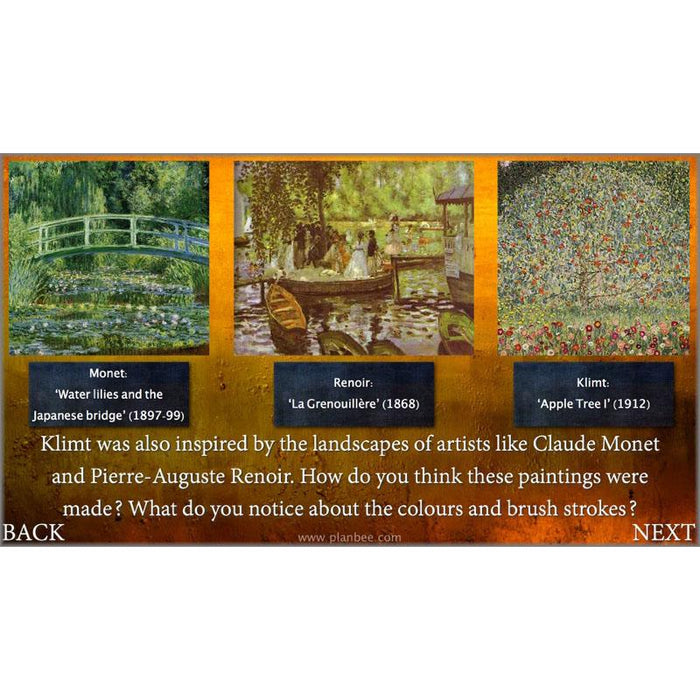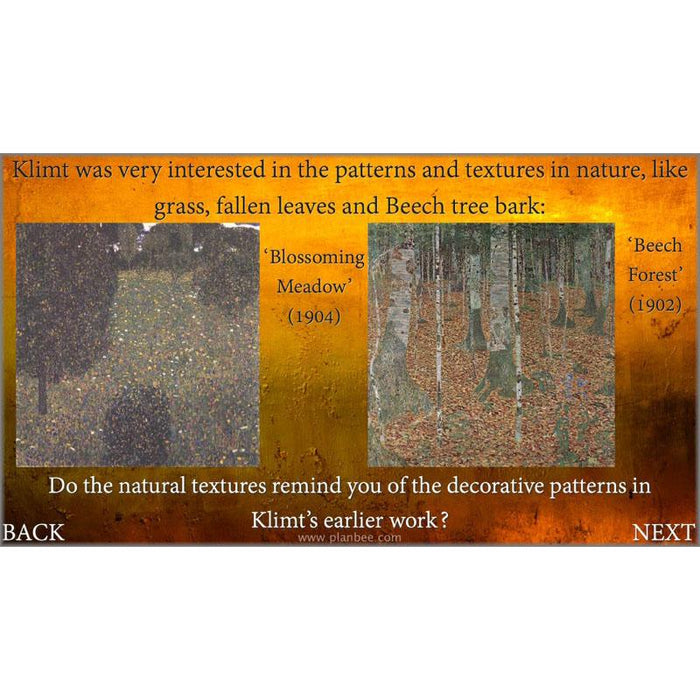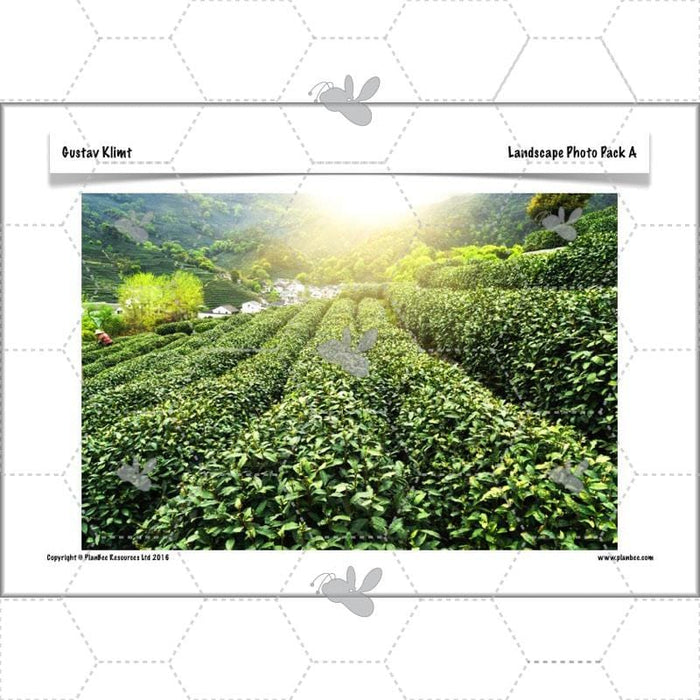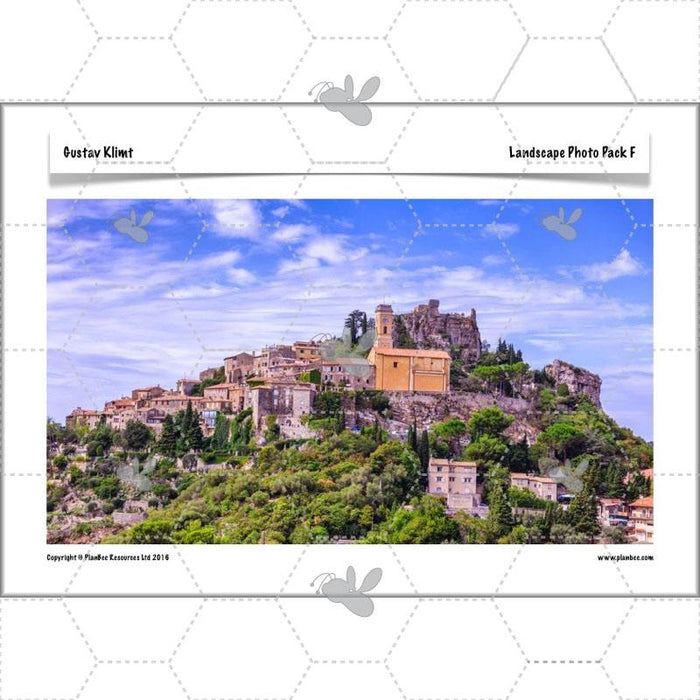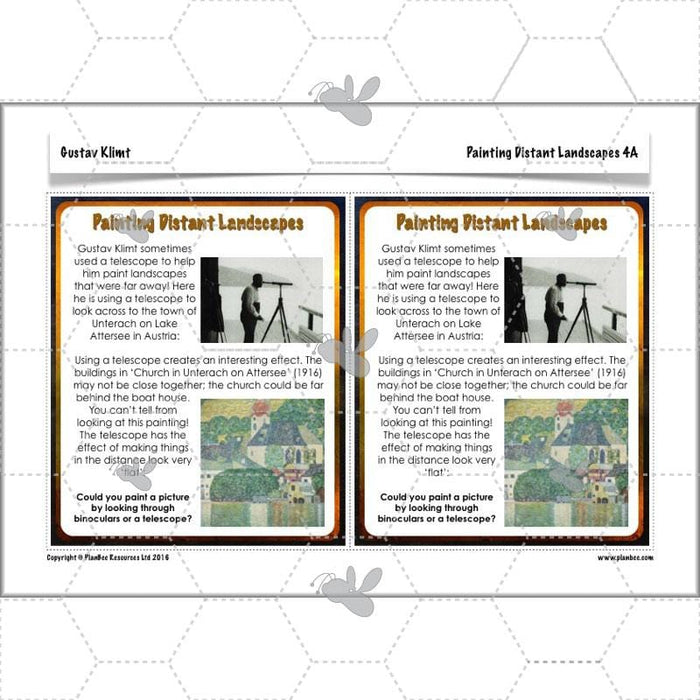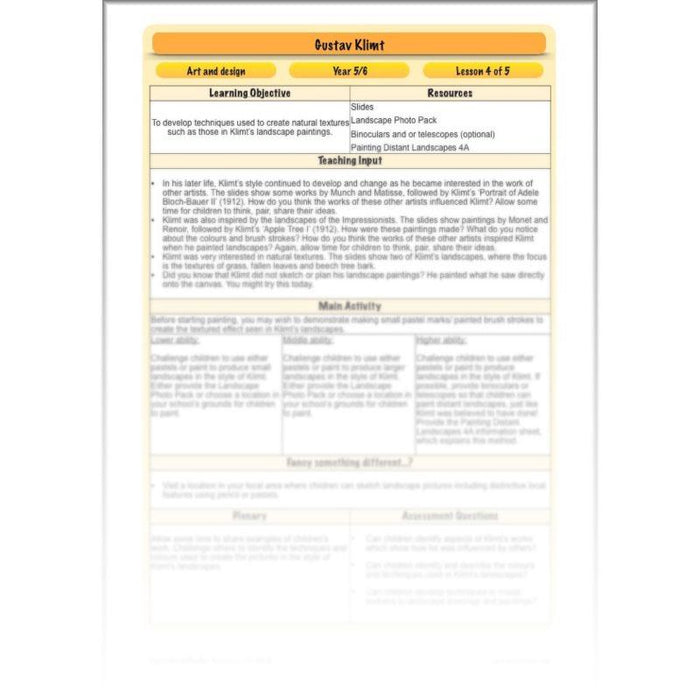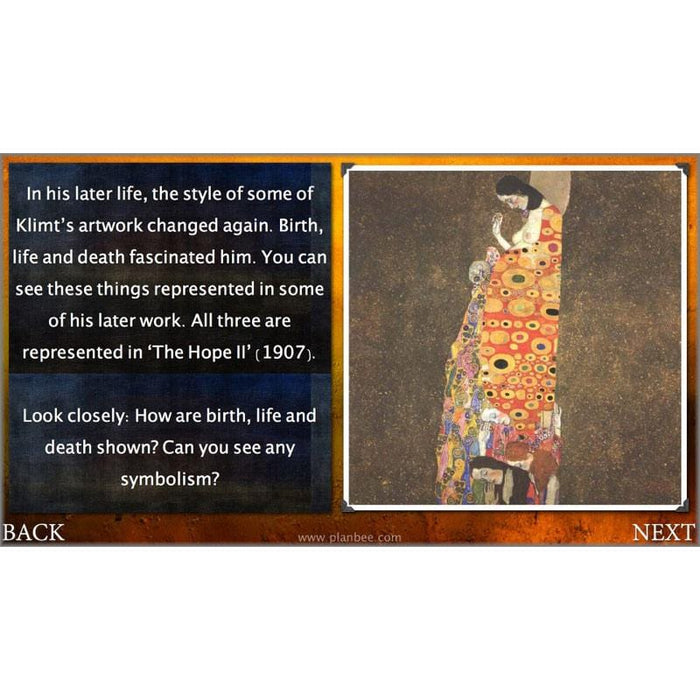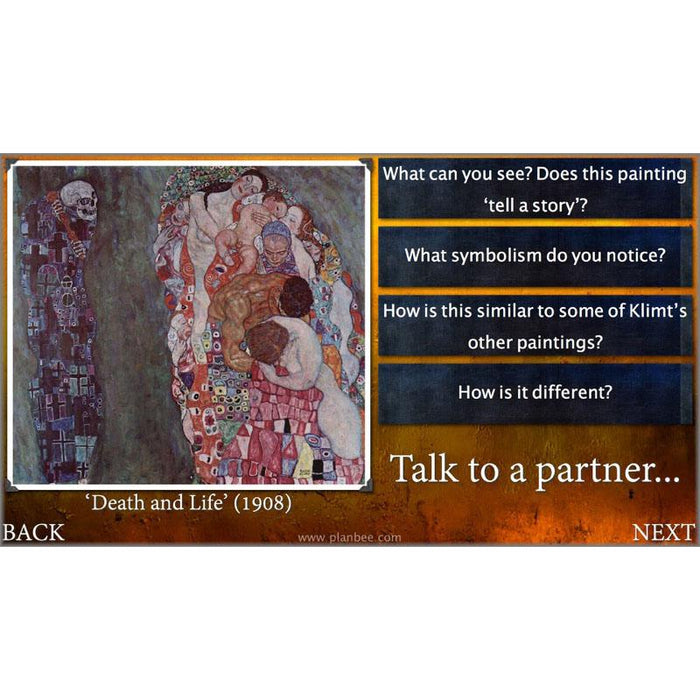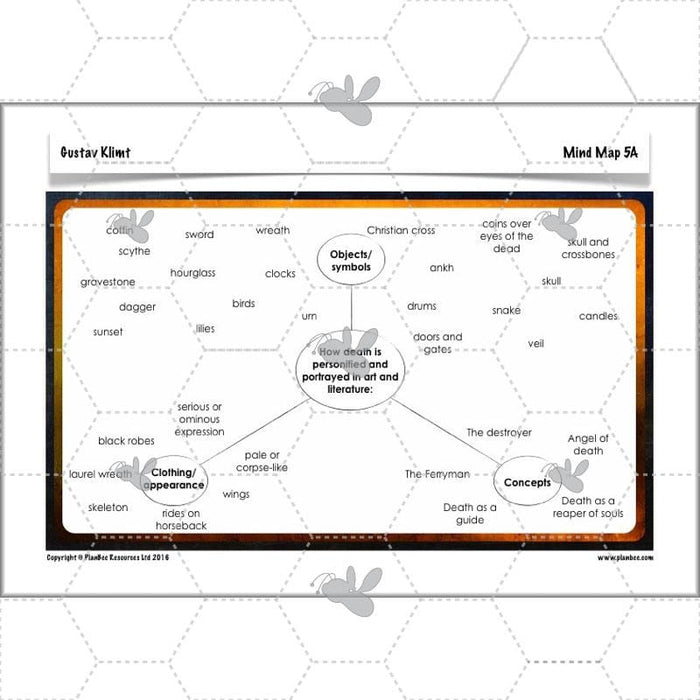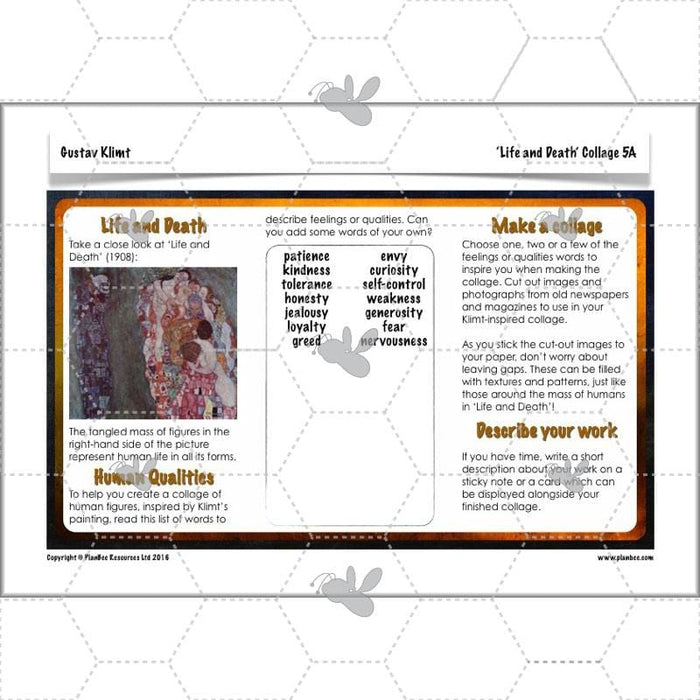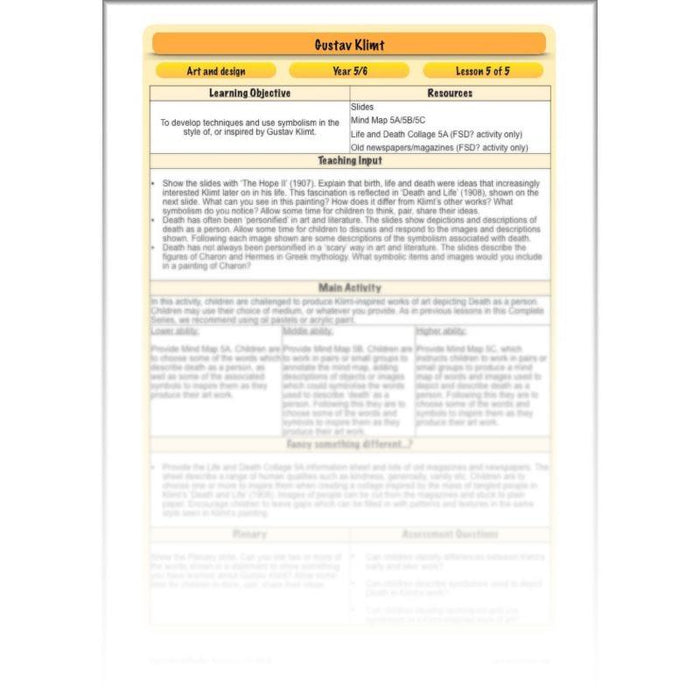#TheCompleteSeries5lessons
Find out all about one of the great symbolists in this series of five lessons about Klimt's life and art work. There are opportunities throughout for children to closely study his work and learn about the symbolism within them, as well as to:
- Compare Klimt's work to that of other artists who inspired him - Practise and develop sketching, painting and craft skills - Build on and improve their sketches and ideas - Discuss and plan how to use symbolic imagery in their own art work
#Lesson1SketchingPortraits
During the early years of his career, Klimt was commissioned to produce naturalistic portraits for the wealthy and influential people of Austrian high society. In preparation for this, Klimt would draw sketches of his subjects.
Challenge children to closely study his early sketches and think about the ways in which the subject is posed helps to 'tell a story', before practising pencil sketching techniques and drawing their own portraits.
What's included:
- Lesson plan
- Slides
- Activity ideas
- Challenge cards
- Blank drawing frame
- Teacher's notes
#Lesson2SymbolismandStorytelling
Klimt's 'Beethoven Frieze' tells a story across four walls, inspired by Beethoven's 9th Symphony. Find out all about the mythical beings and symbolism of the frieze and how they tell the story before challenging children to use symbolic imagery in their own art work.
What's included:
- Lesson plan
- Slides
- Activity ideas
- Challenge cards
- Story hill planners
#Lesson3TheGoldenPeriod
Known as the 'Golden Period' due to his use of engraved gold and silver leaf in his paintings, many of Klimt's most well-known works were produced during this time and in this style. Find out about some of these paintings and how they were made before challenging children to use one of their existing sketches to turn into a Klimt-inspired work of art, or having a go at gilding using metallic leaf!
What's included:
- Lesson plan
- Slides
- Activity ideas
- Challenge cards
#Lesson4Landscapes
Klimt's style changed a number of times during his lifetime. During his later life, Klimt painted many landscapes, inspired by the works of the Impressionists. During this lesson, children have the opportunity to study Klimt's landscapes and compare them to the work of other artists before painting or drawing Klimt-inspired works of art of their own.
What's included:
- Lesson plan
- Slides
- Activity ideas
- Landscape photo pack
- Painting distant landscapes sheet
#Lesson5LifeandDeath
In later life, Klimt's style changed again. Increasingly, he used pastel colours, and his artwork was often concerned with birth, life and death. Having looked at these works (shown in the included slides), challenge your children to create their own Klimt-inspired drawings, paintings or collages in which these ideas are explored.
What's included:
- Lesson plan
- Slides
- Activity ideas
- Mind map sheets
- Life and death collage sheet
Free Overview (Medium-Term Plan)
Download a free overview to support your teaching of this scheme of work.
Free Assessment Grid
Download a free, editable assessment grid to support your teaching of this scheme of work.
Curriculum Objectives covered
- KS2 - to create sketch books to record their observations
- KS2 - use sketchbooks to review and revisit ideas
- KS2 - to improve their mastery of art and design techniques, including drawing with a range of materials
- KS2 - to improve their mastery of art and design techniques, including painting with a range of materials
- KS2 - about great artists in history
